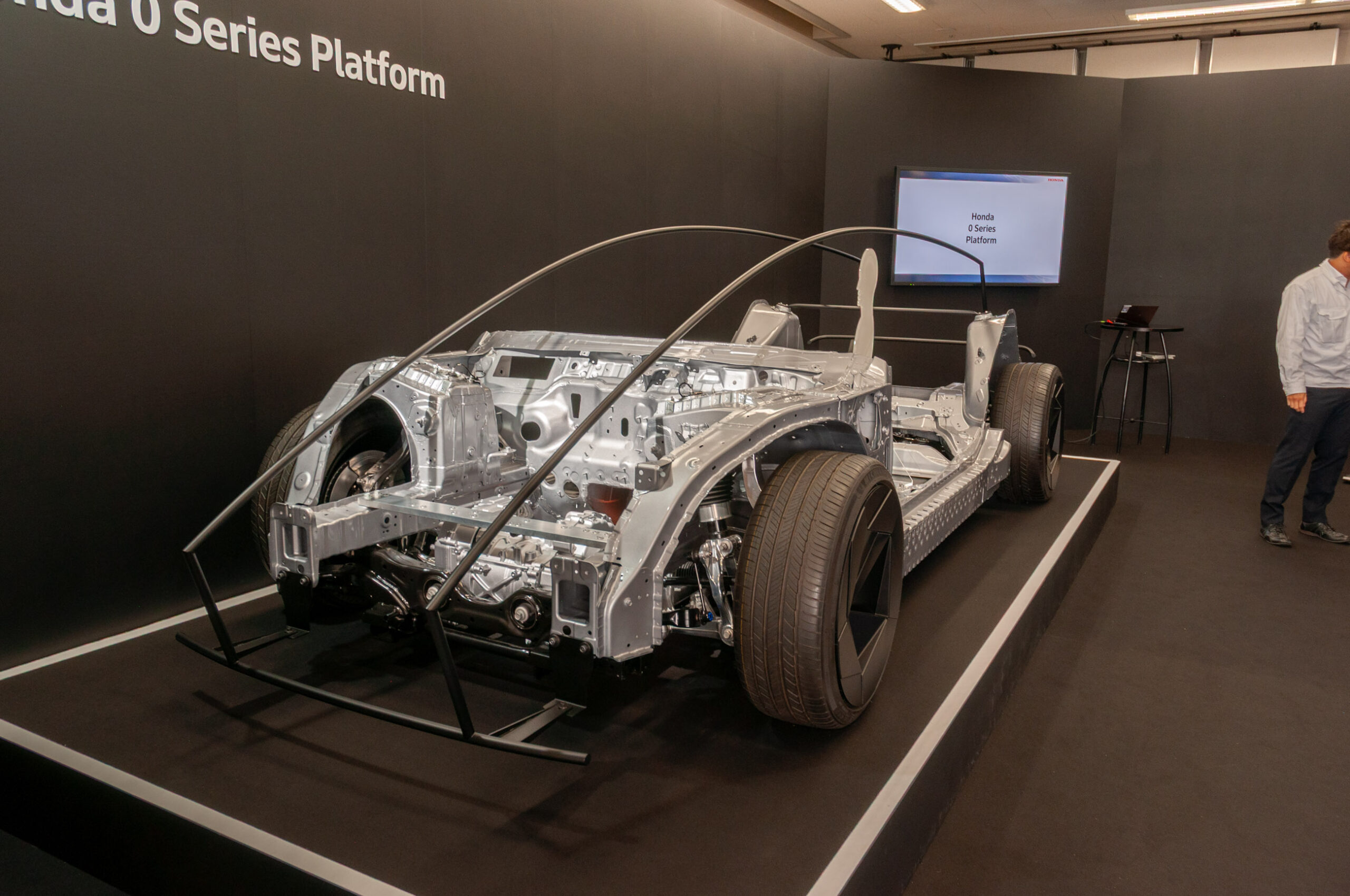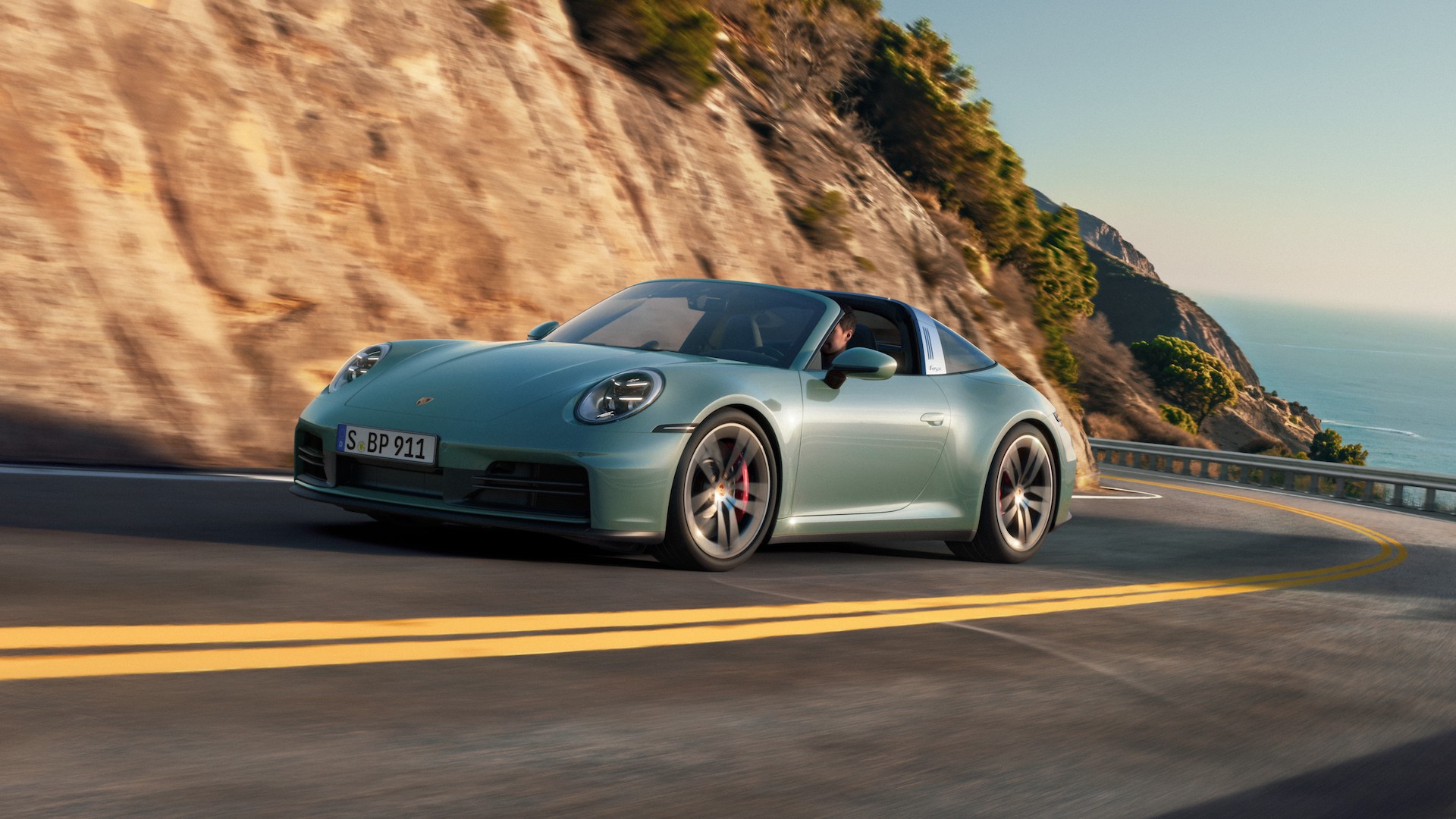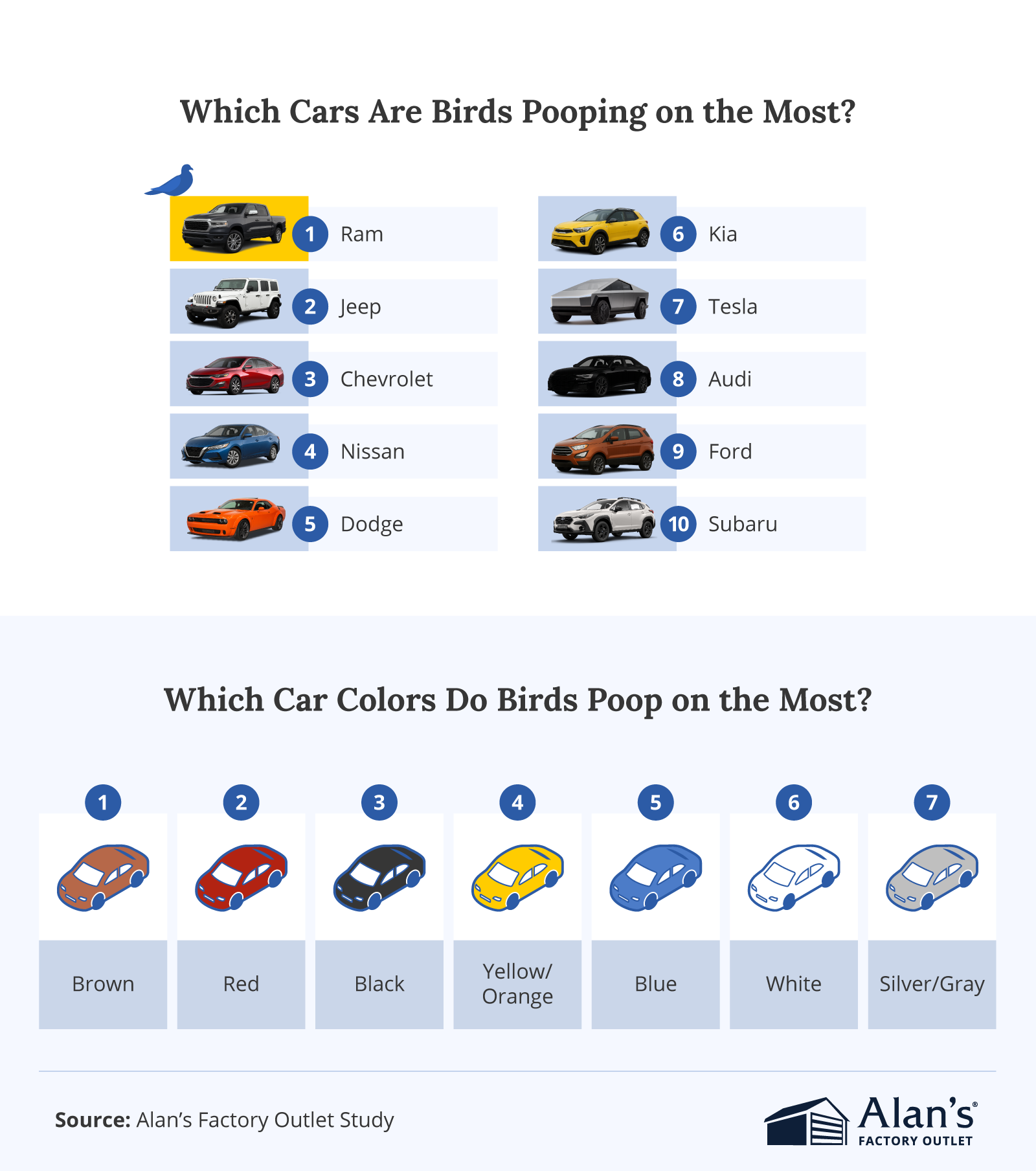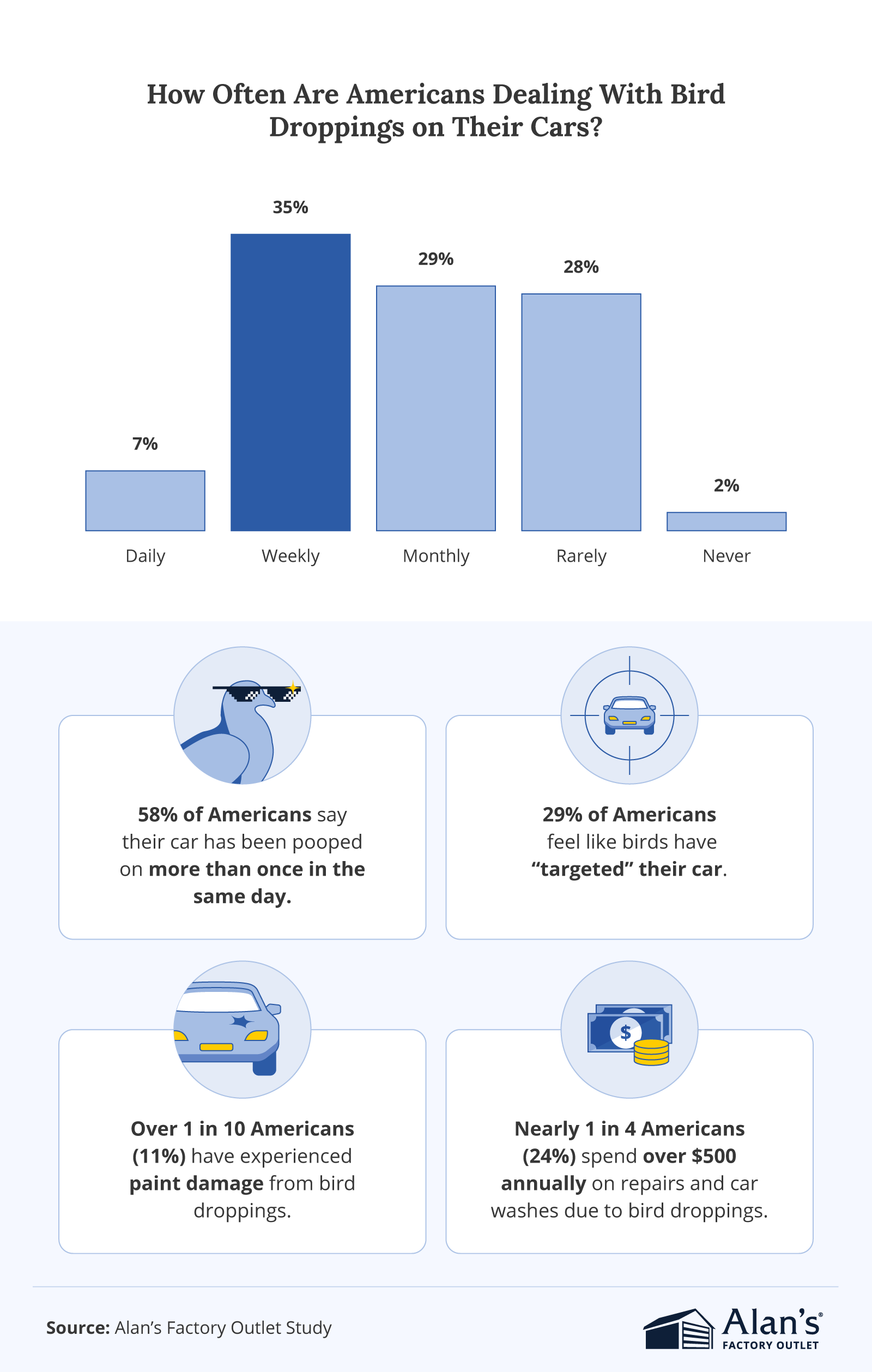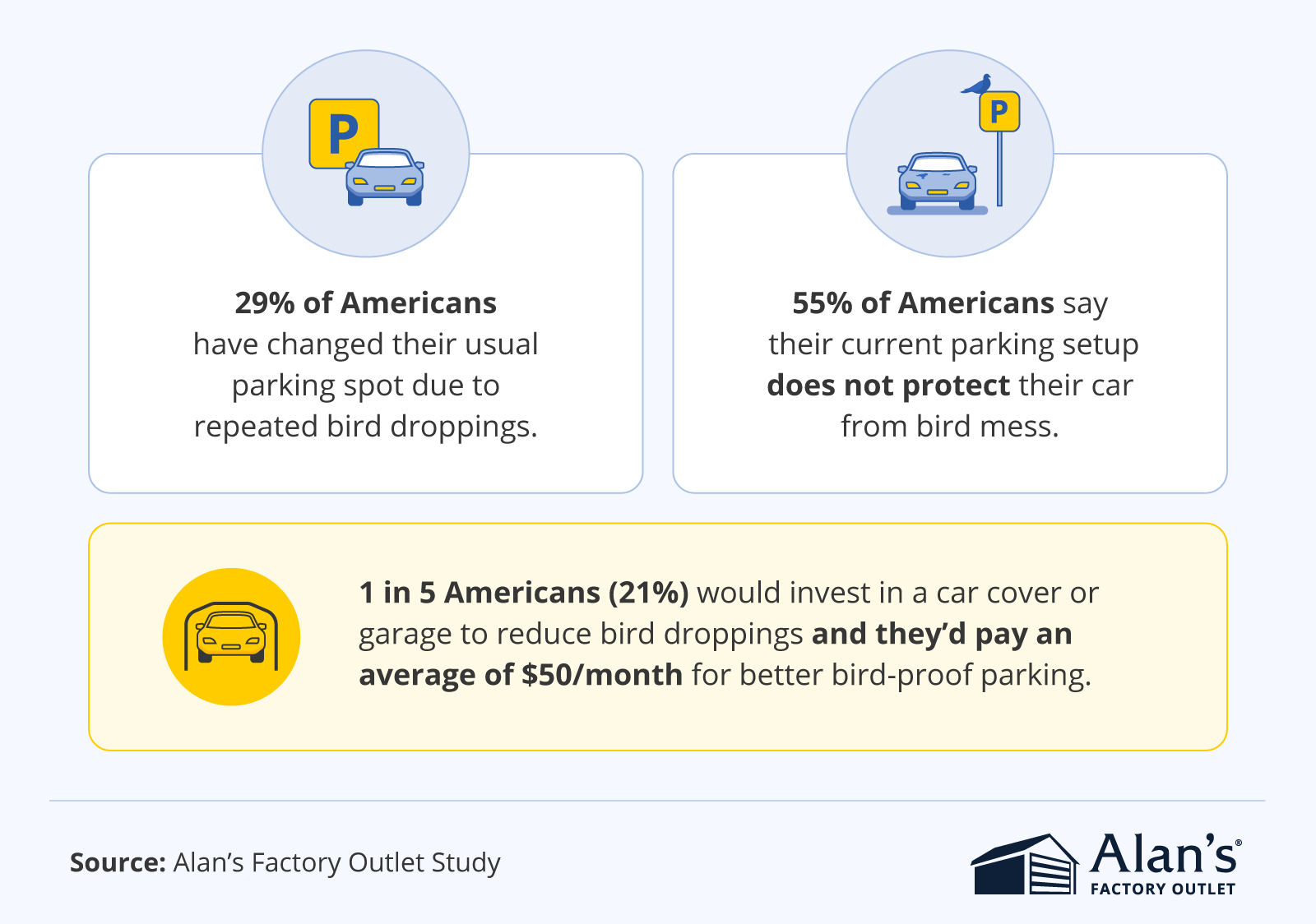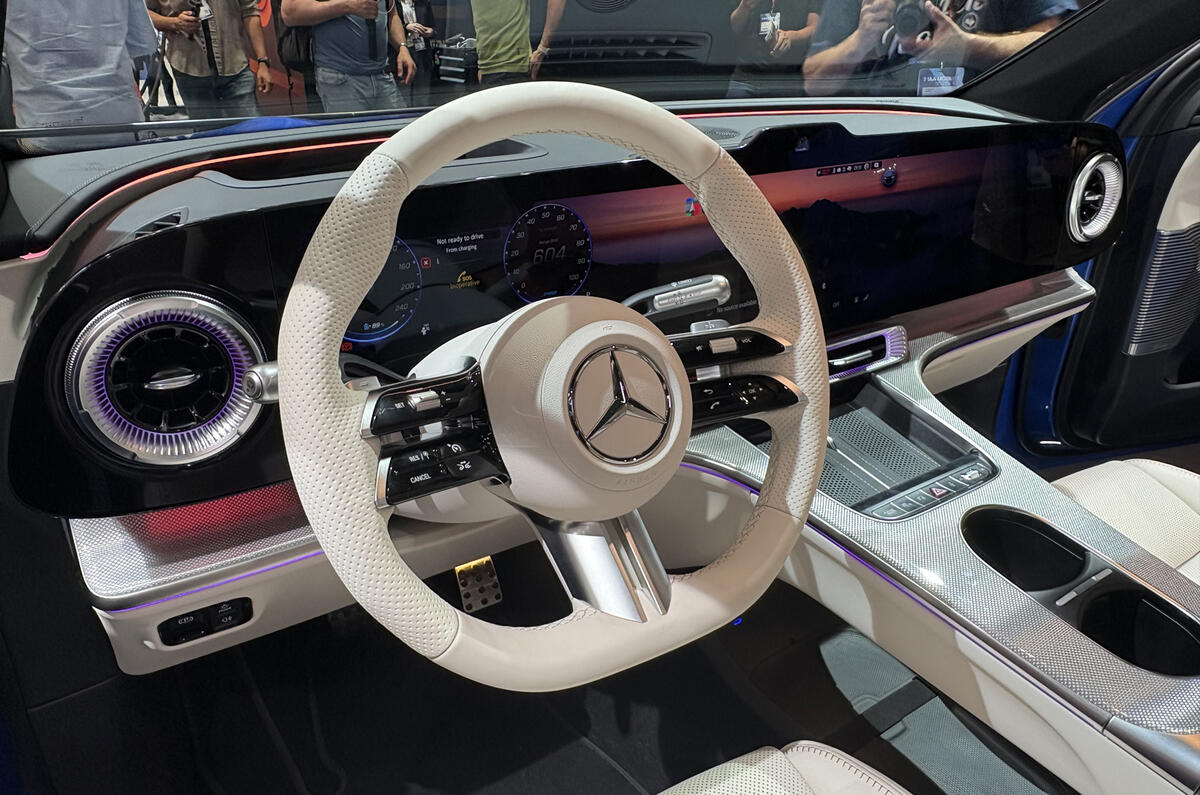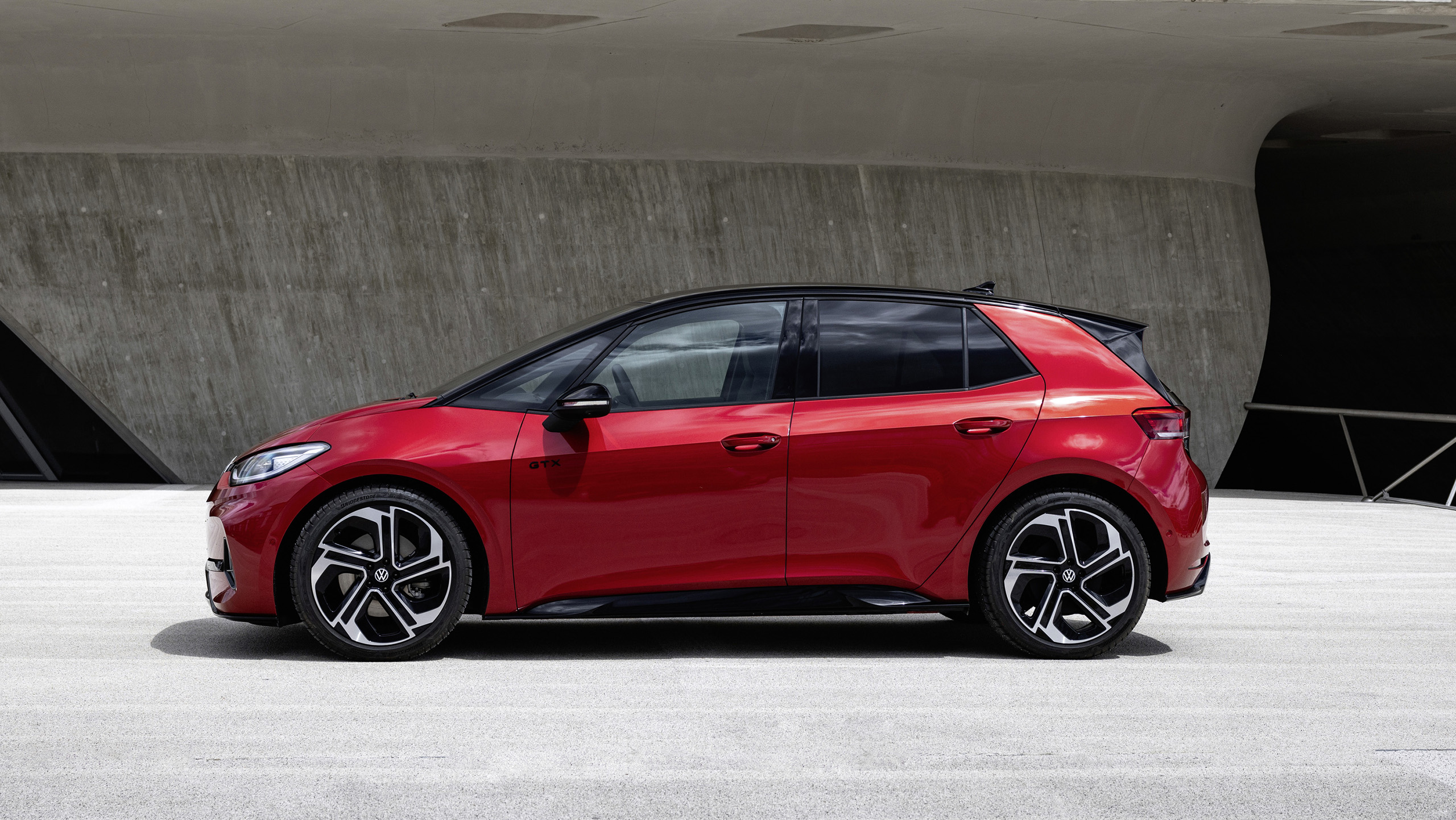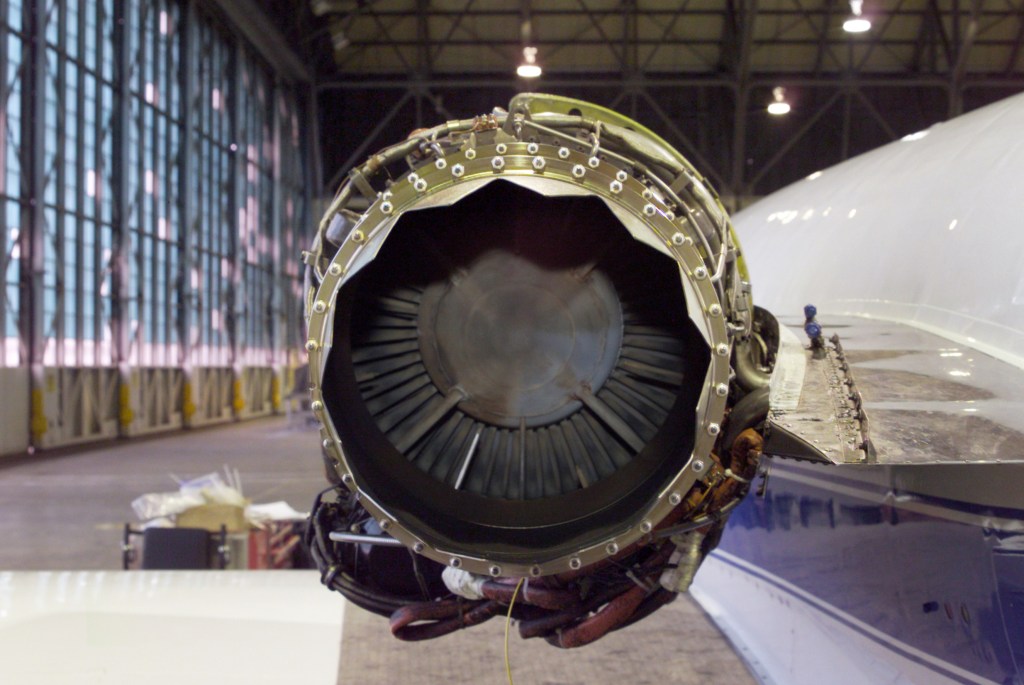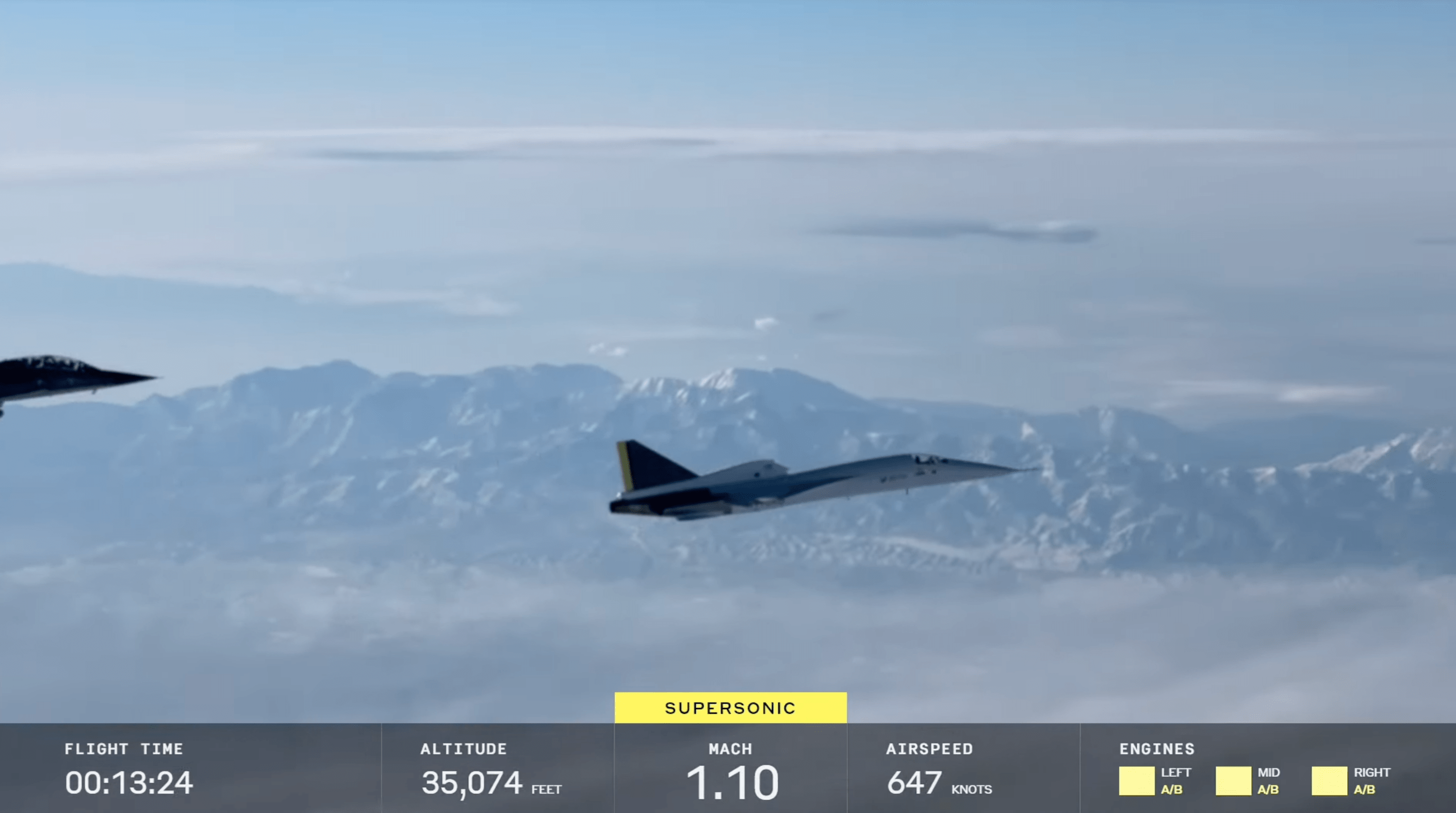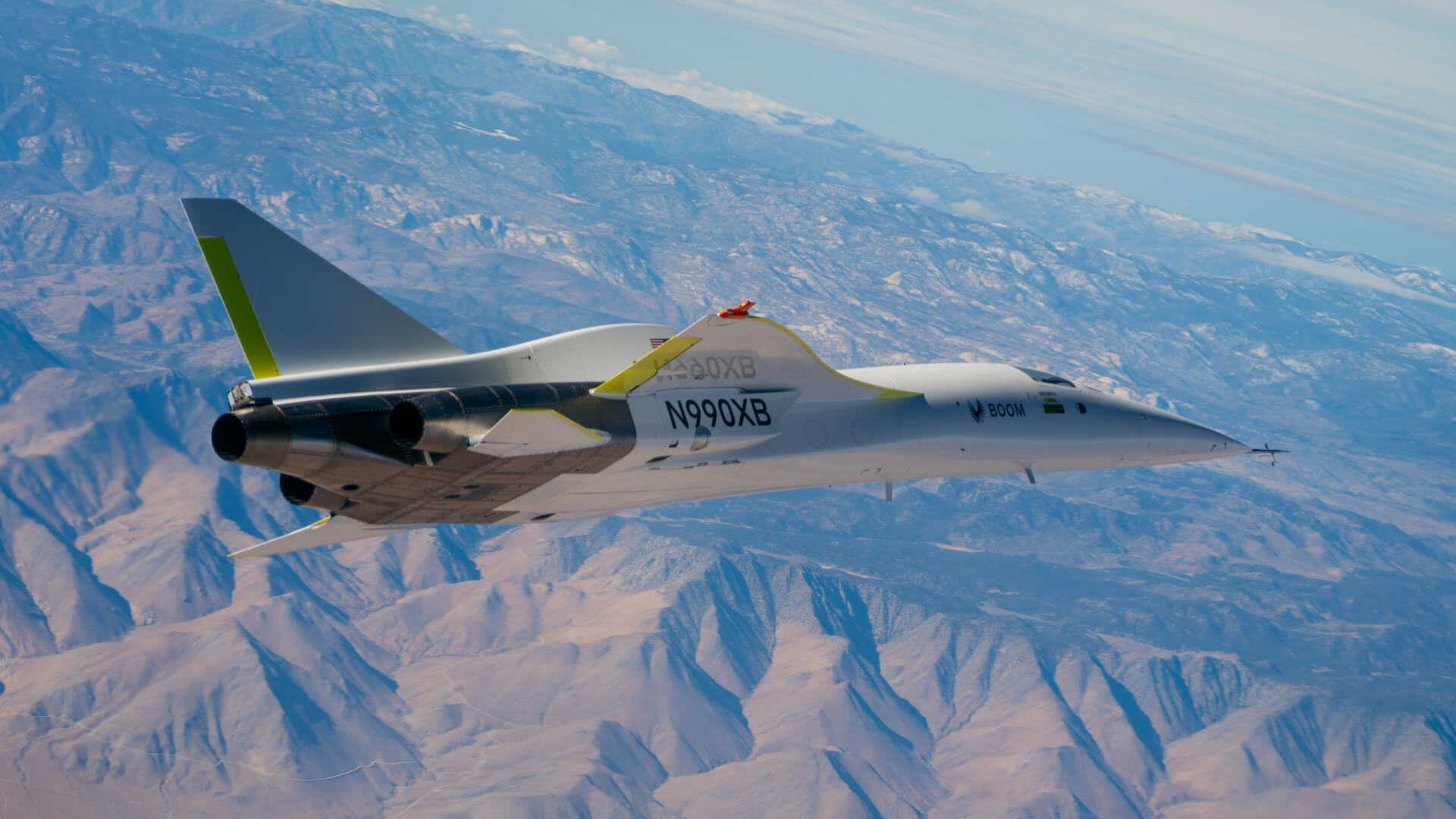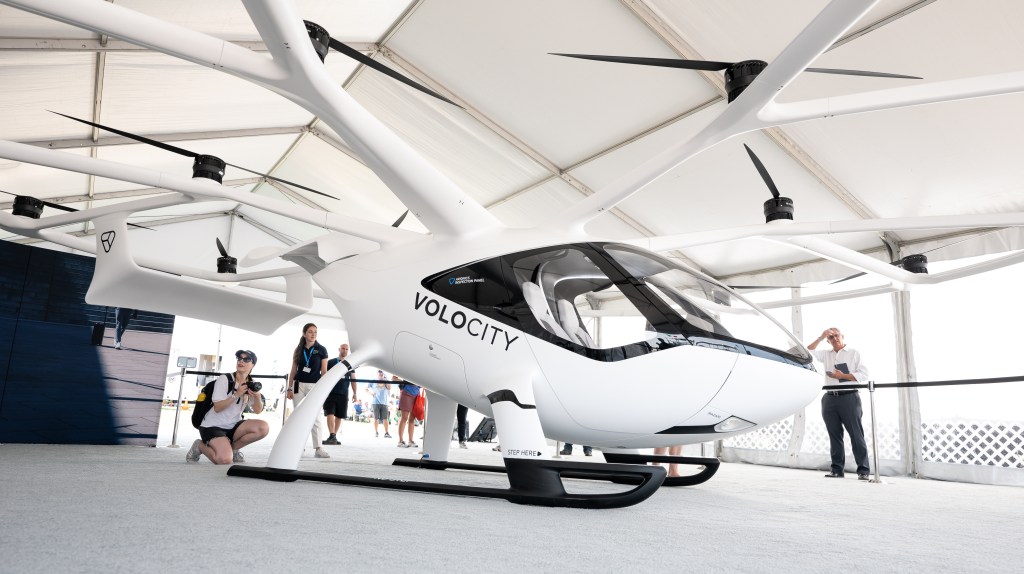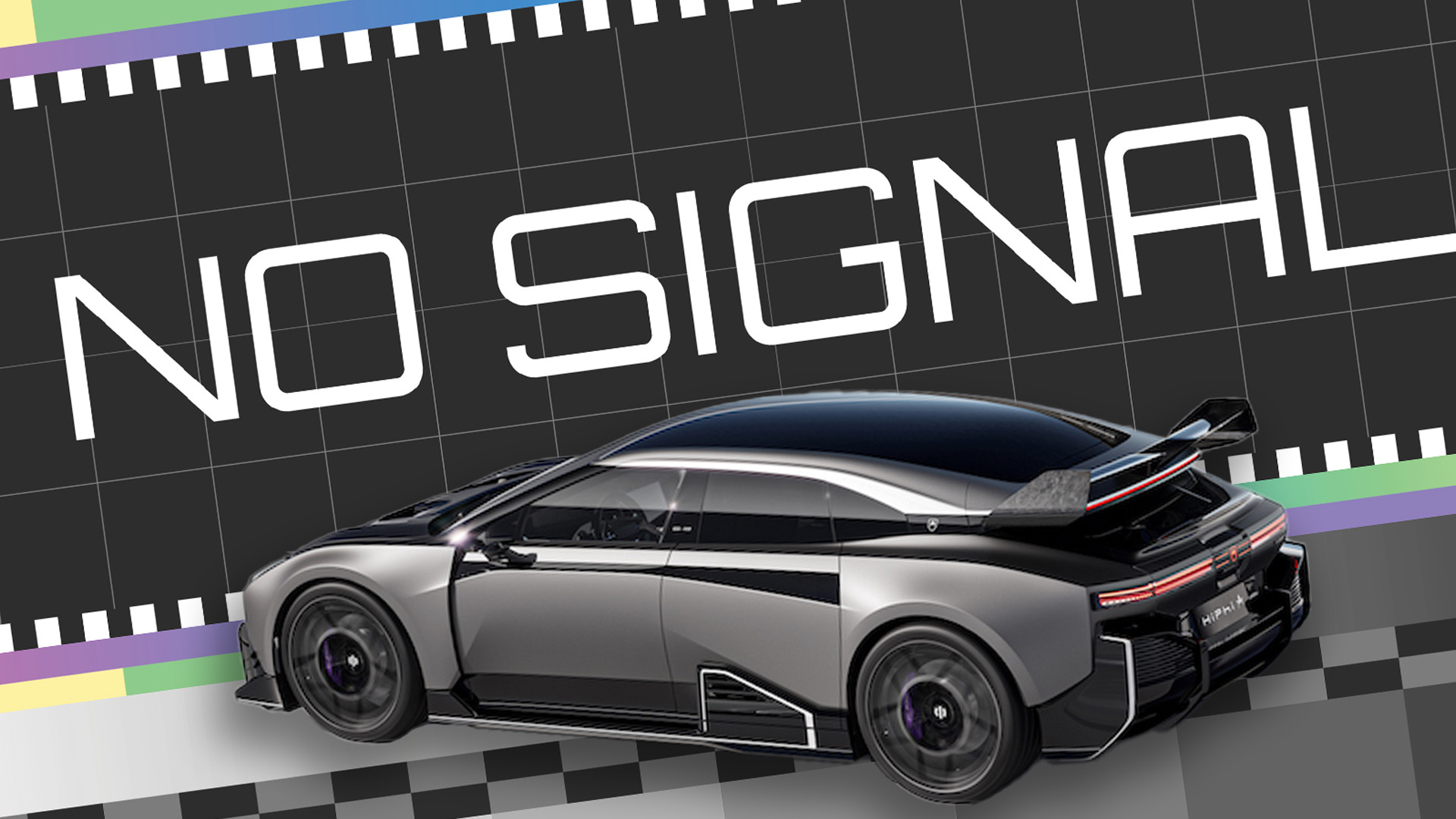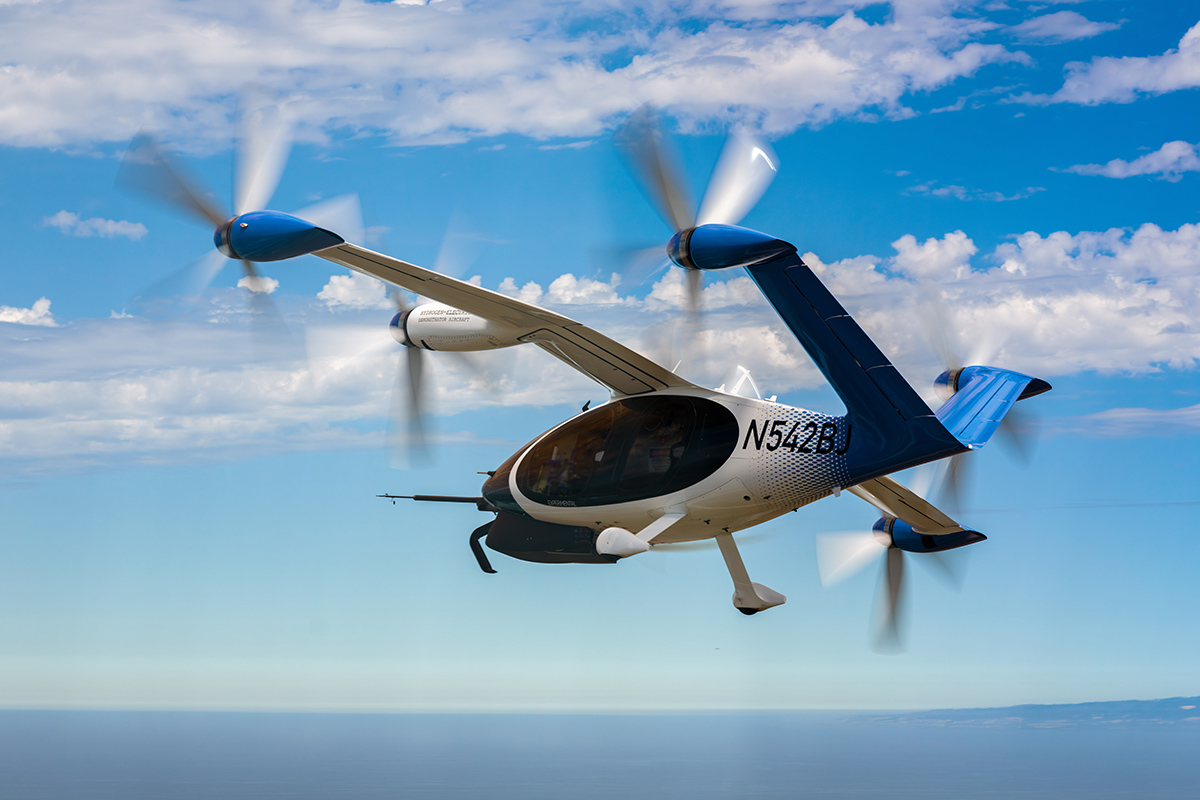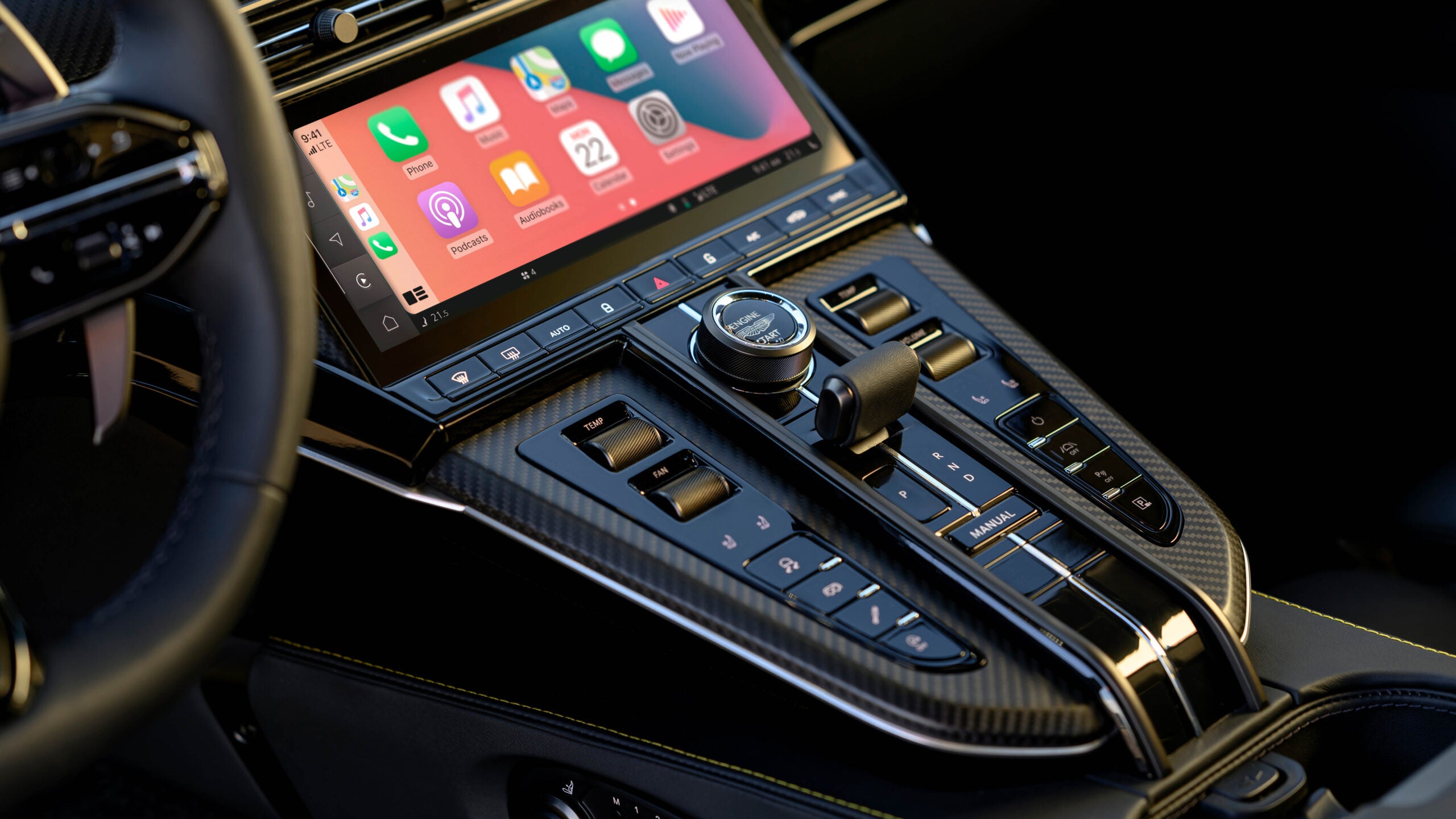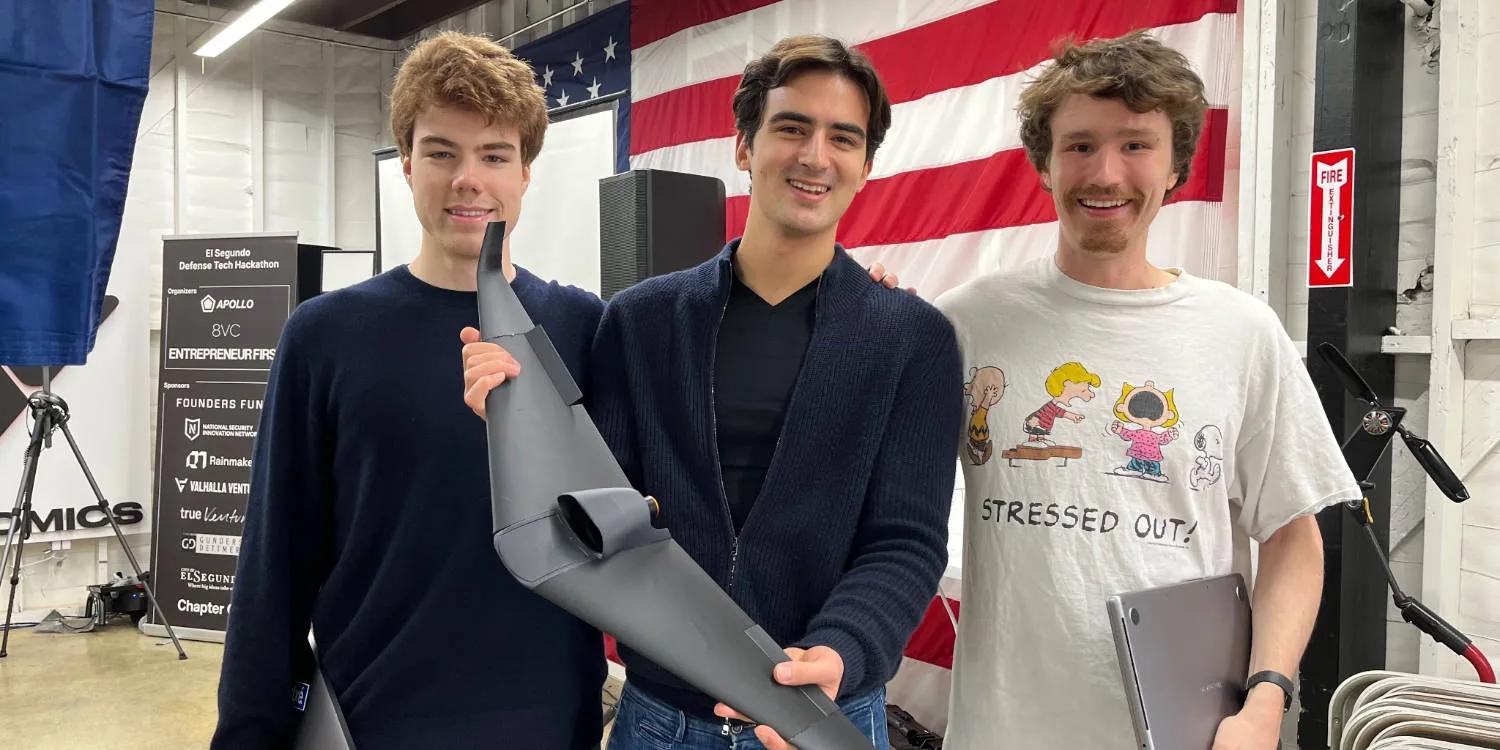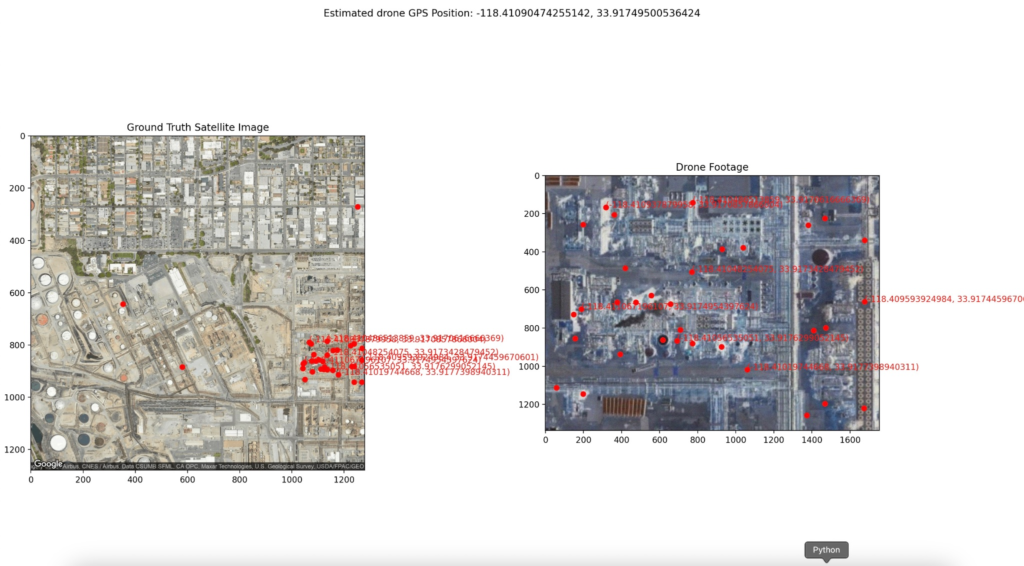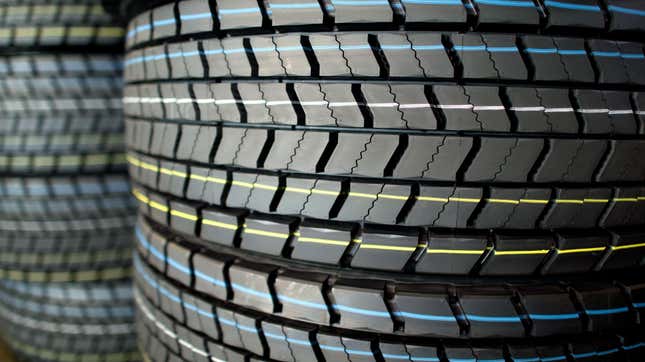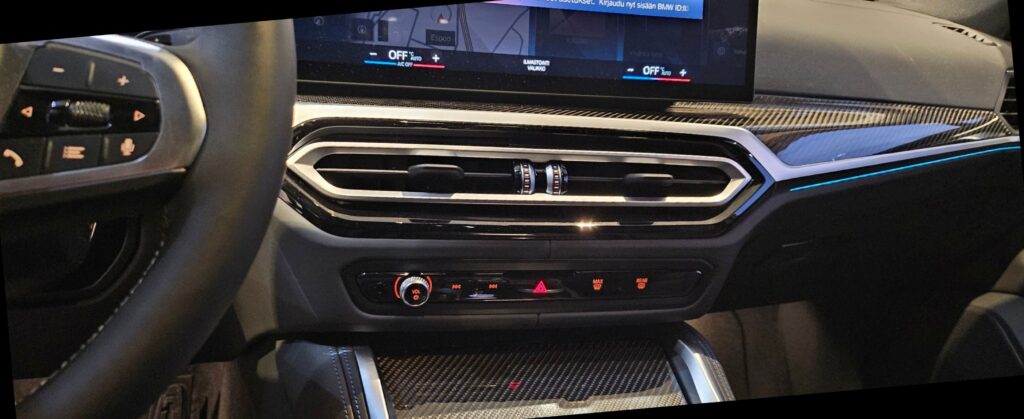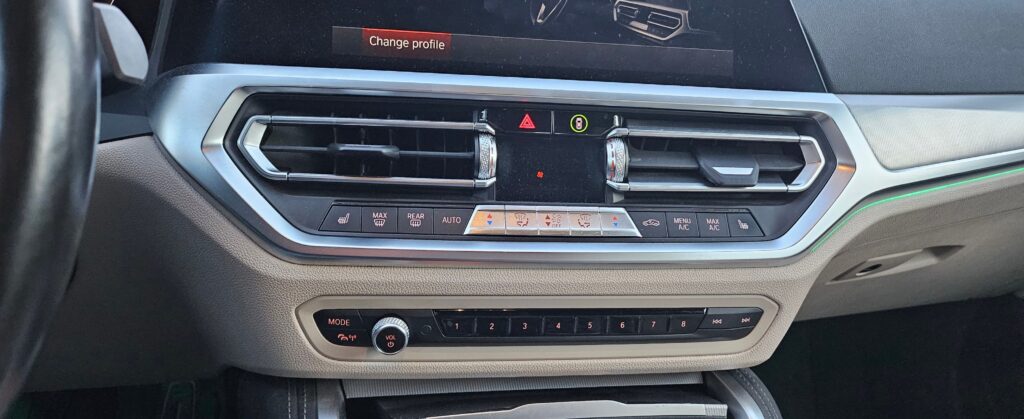Back in July, Reuters released a bombshell report showing that not only has Tesla aggressively lied about its EV ranges for the better part of the last decade, it created teams whose entire purpose was to lie to customers about it when they called up to complain. The story lasted all of two days in the news cycle before it was supplanted by clickbait stories about a billionaire fist fight that never actually happened.
Now Reuters is back again, with another major story showcasing how for much of that same decade, Tesla routinely blamed customers for the failure of substandard parts the company knew to be defective. The outlet reviewed thousands of Tesla documents and found a pattern where customers would complain about dangerously broken and low-quality parts, only to be repeatedly gaslit by the company:
“Wheels falling off cars at speed. Suspensions collapsing on brand-new vehicles. Axles breaking under acceleration. Tens of thousands of customers told Tesla about a host of part failures on low-mileage cars. The automaker sought to blame drivers for vehicle ‘abuse,’ but Tesla documents show it had tracked the chronic ‘flaws’ and ‘failures’ for years.”
The records show a repeated pattern across tens of thousands of customers where parts would fail, then the customer would be accused of “abusing” their vehicle. They also show that Tesla meticulously tracked part failures, knew many parts were defective, and routinely not only lied to regulators about it, but charged customers to repair parts they knew had high failure rates and were systemically prone to failure:
“Yet the company has denied some of the suspension and steering problems in statements to U.S. regulators and the public– and, according to Tesla records, sought to shift some of the resulting repair costs to customers.”
This is obviously a very different narrative than the one Musk presented last month at that unhinged New York Times DealBook event:
“We make the best cars. Whether you hate me, like me or are indifferent, do you want the best car, or do you not want the best car?”
They are, as it turns out, not the best cars.
And this is before you even touch on the growing pile of corpses caused by the company’s half-cooked and repeatedly misrepresented “full self driving” technology, which last week resulted in the recall of nearly every vehicle that has it. That problem was, as reports have documented in detail, thanks in part to non-engineer Musk over-ruling his actual engineers when it comes to only using cameras.
This comes as a new study shows that Tesla vehicles have the highest accident rate of any brand on the road. As usual, U.S. regulators have generally been asleep or lethargic during most of this, worried that enforcing basic public safety standards would somehow be stifling “innovation.”
The deaths from “full self driving” have been going on for the better part of the last decade, yet the NHTSA only just apparently figured out where its pants were located. But a lot of the problems Reuters have revealed should be slam dunk cases for the FTC under the “unfair and deceptive” component of the FTC Act, creating what will likely be a very busy 2024 for Elon Musk.
A lot of this stuff has been discussed by Tesla critics for years. It’s only once Musk began his downward descent into full racist caricature and undeniable self-immolation that press outlets with actual resources started to meaningfully dig beyond the hype. There’s cause for some significant U.S. journalism introspection as to why that is that probably will never happen.
Meanwhile, for a supposed innovation super-genius, most Musk companies have the kind of customer service that makes Comcast seem empathic and competent.
There’s no shortage of nightmare stories about Tesla Solar customer service. And we’ve well documented how Starlink can’t even respond to basic email inquiries by users tired of being on year-long waiting lists and seeking refunds. And once you burn past the novelty, gimmicks, and fanboy denialism, Tesla automotive clearly isn’t any better.
That said, this goes well beyond just bad customer service. The original Reuters story from July about the company lying about EV ranges clearly demonstrates not just bad customer service, but profound corporate culture rot:
“Inside the Nevada team’s office, some employees celebrated canceling service appointments by putting their phones on mute and striking a metal xylophone, triggering applause from coworkers who sometimes stood on desks. The team often closed hundreds of cases a week and staffers were tracked on their average number of diverted appointments per day.”
As with much of what Musk does, a large share of what the press initially sold the public as unbridled innovation was really just cutting corners. It’s easy to accomplish more than the next guy when you refuse to invest in customer service, don’t care about labor or environmental laws, don’t care about public safety, don’t care about the customer, and have zero compulsion about lying to regulators or making things up at every conceivable opportunity.

